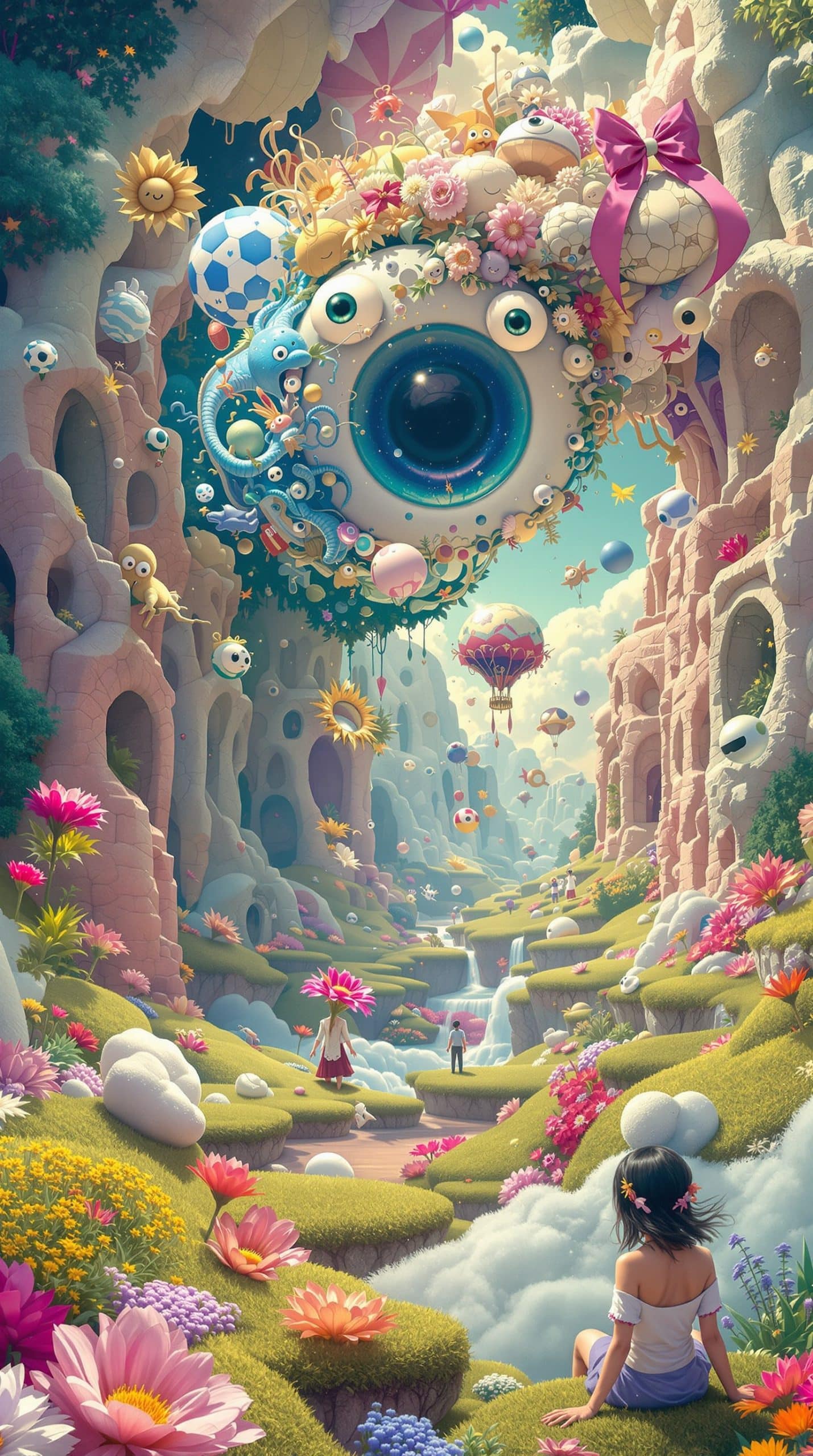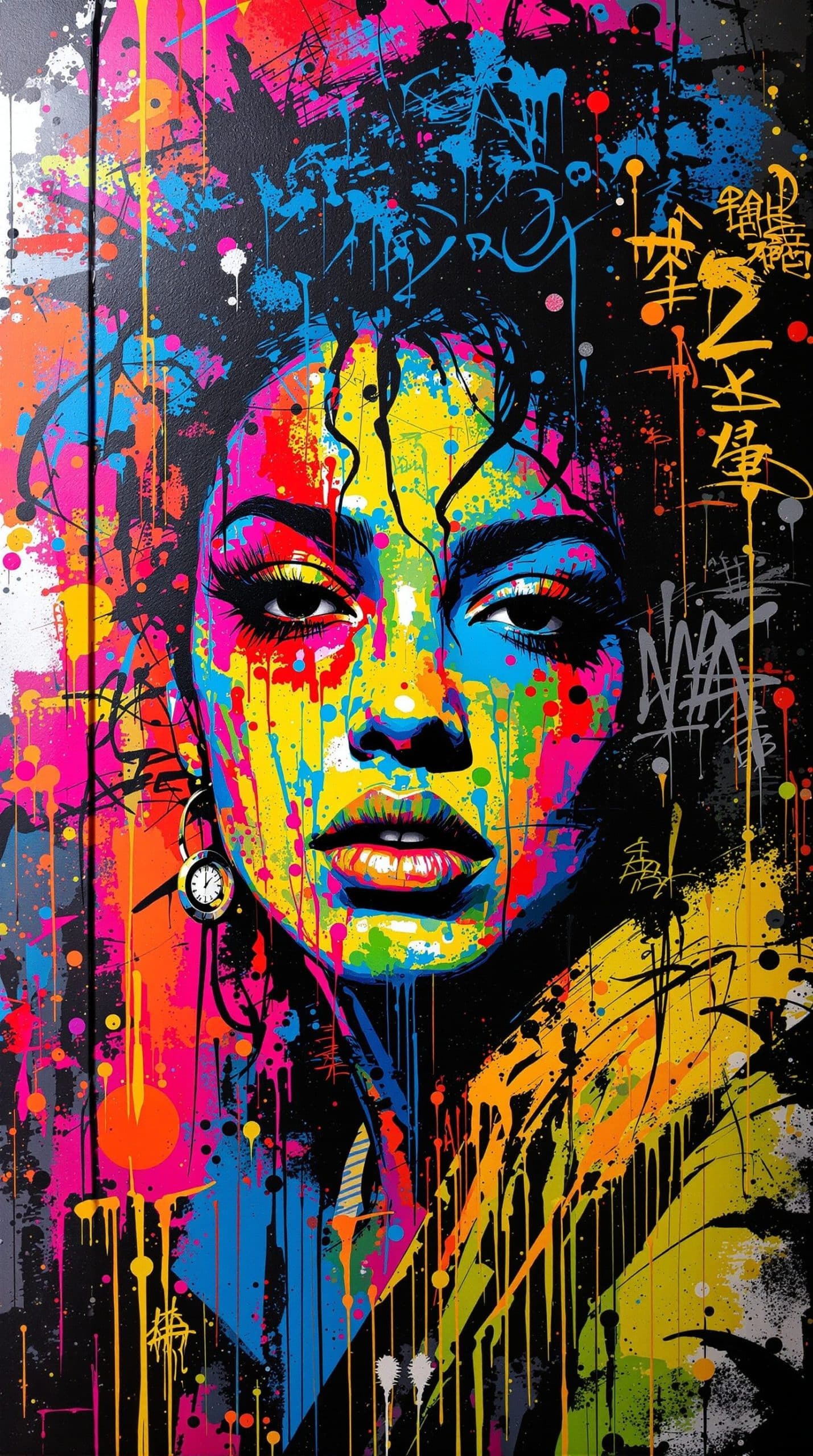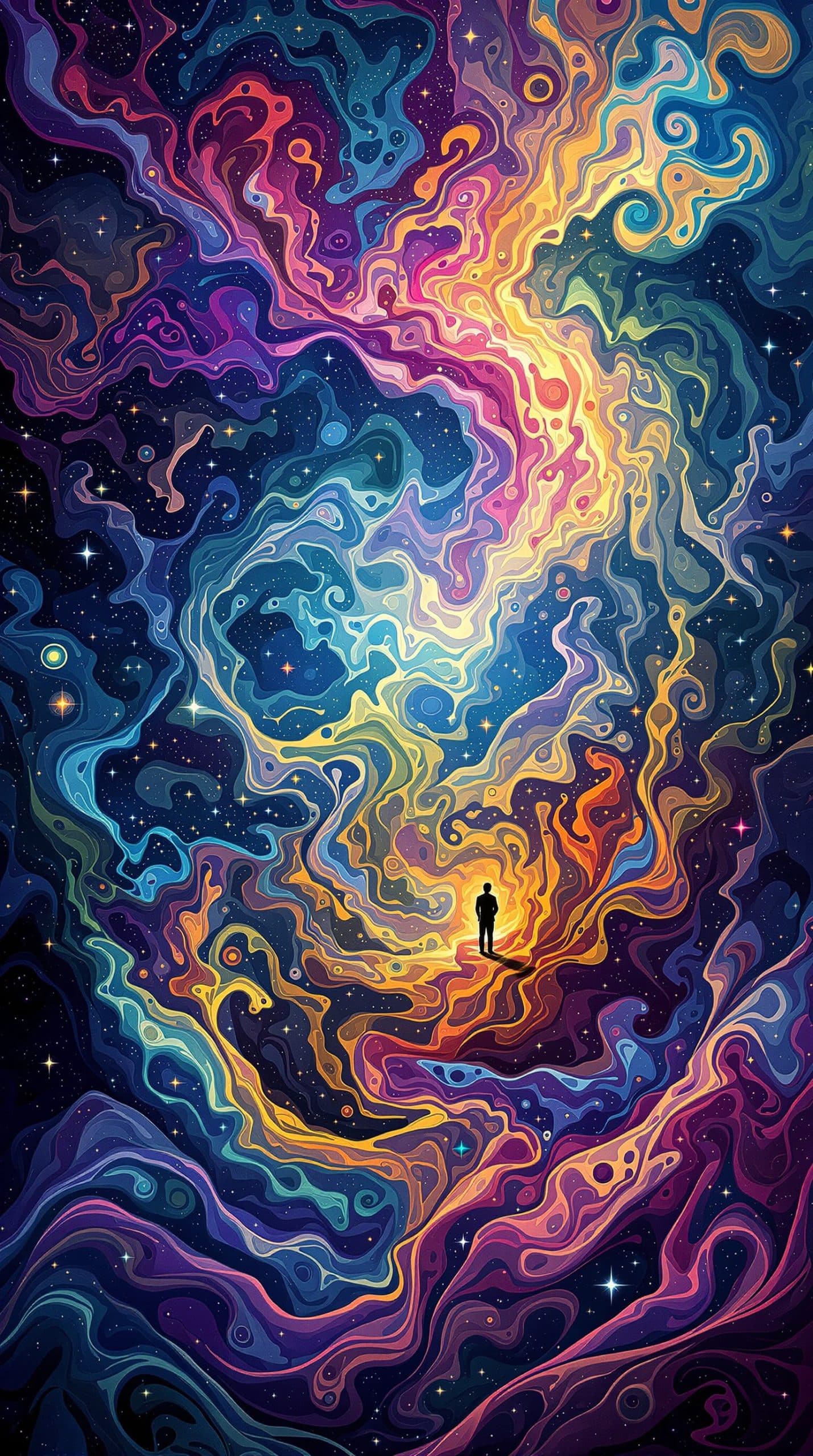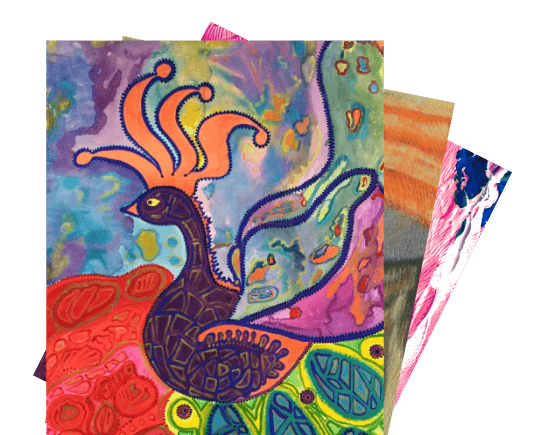Filters
Available Artwork
Artist By Country
Showing all 4 results
Other styles of paintings you may like
Origins of Gray Painting:
The colour gray evolved into an expressive and symbolic colour in the history of art. The use of shade gray as a colour was first recorded in 700 in the English language. During the Antiquity and Middle Ages, the colour gray was commonly worn by peasants and people experiencing poverty or low incomes, as it was the colour of undyed wool. Even the Cistercian monks and the friars of the Franciscan and Capuchin orders used the habit as a symbol of their vows of humility and poverty.
During the Renaissance and Baroque periods, grey started to play a crucial role in both art and fashion. It is often used in oil paintings, a technique known as grisaille, which was employed by famous artists such as Rembrandt and El Greco in their works. It became the common background for the portraits made by Rembrandt and the paintings by El Greco. They used this shade to highlight the faces and costumes of their central figures.
Gray became one of the most fashionable colours during the 18th century among both men and women. It symbolises a luminous colour, colouring the silk and satin fabrics which were particularly worn by the nobles and wealthy classes. A significant development occurred in the late 18th century with the creation of Payne's Gray—named after the English watercolourist William Payne. He crafted a dark, blue-leaning grey from Prussian blue, yellow ochre, and crimson lake. However, theories suggest that Payne created the colour in an attempt to find a replacement for black when he taught watercolour since black was the traditional mixer. By the mid-19th century, many artists adopted tones of gray in memorable paintings, from artists Jean Baptiste Camille Corot, who used tones of green gray and blue gray to create harmony in his landscapes, to James McNeill Whistler's creation of special grey for the background of the portrait of his mother and his self. By the 20th century, grey had become a symbol of industrialisation and war. Moreover, the colour gray also became Picasso's dominant colour, which can be seen in his famous painting "Guernica", depicting the horrors of the Spanish Civil War. Gray remains an essential palette choice for artistic neutrality, sophistication, and emotional nuance.
From traditional grisaille to contemporary abstractions and photo-realistic rendering, gray’s flexible tones continue to enrich fine art. Its stylistic neutrality helps foreground composition, luminosity, and texture—qualities appreciated by both artists and collectors.














